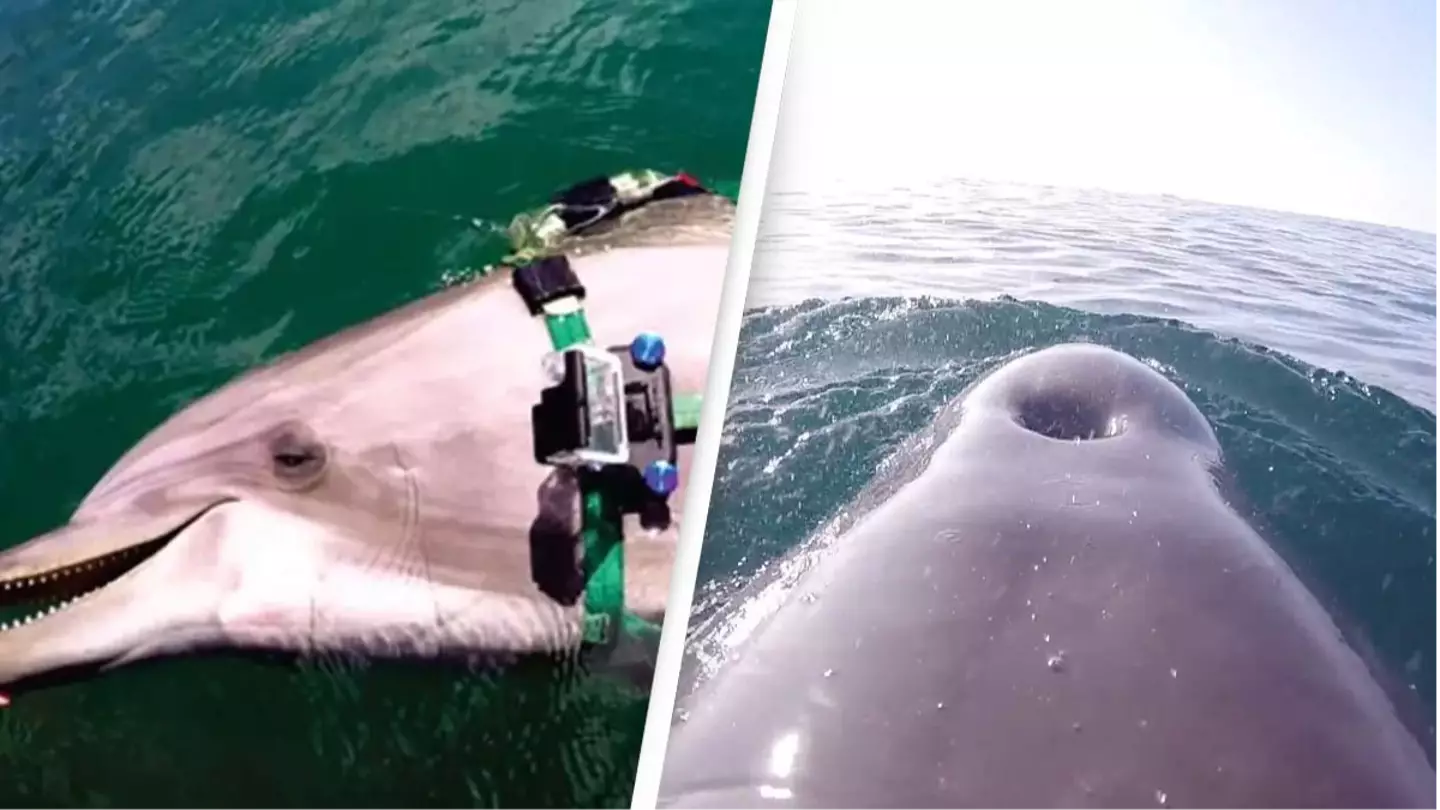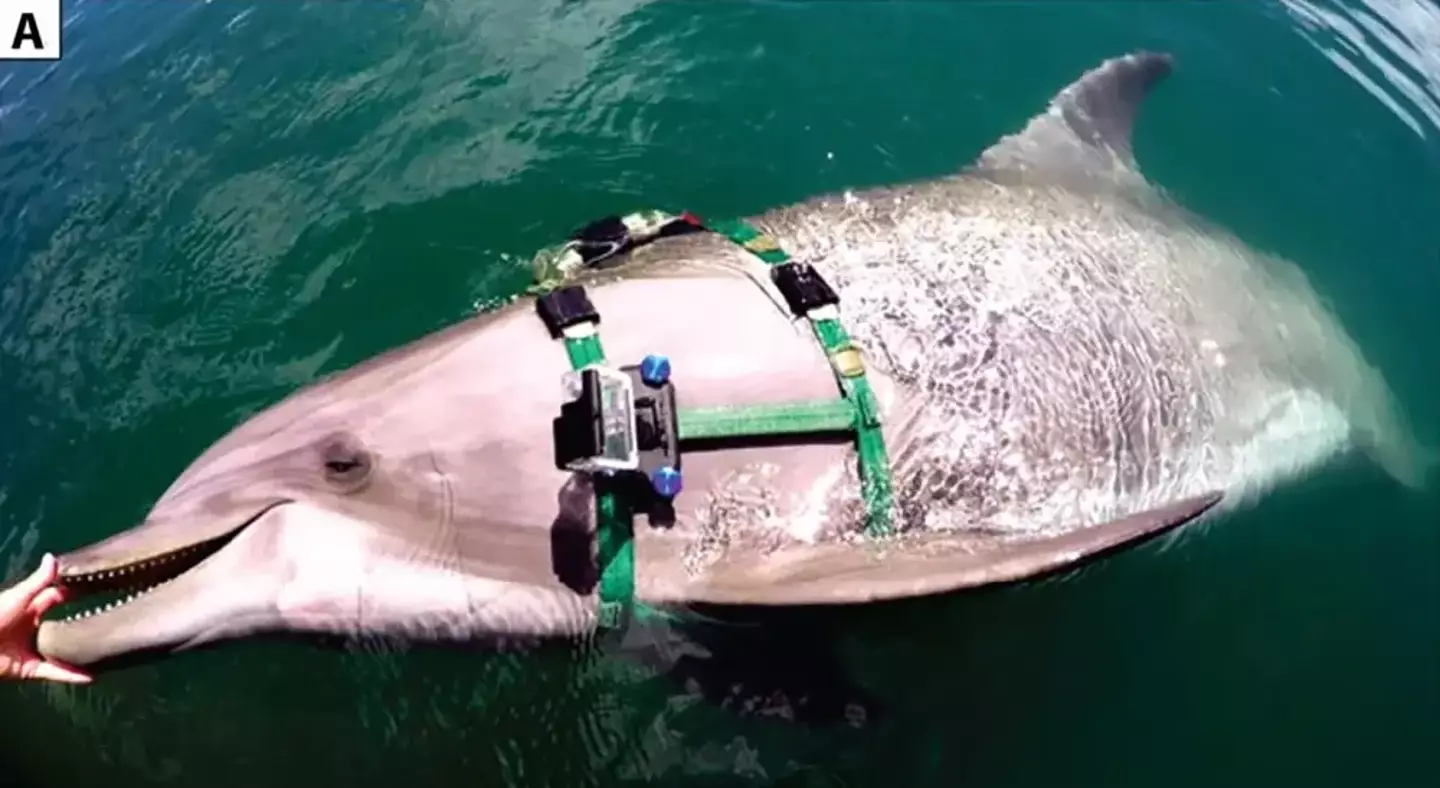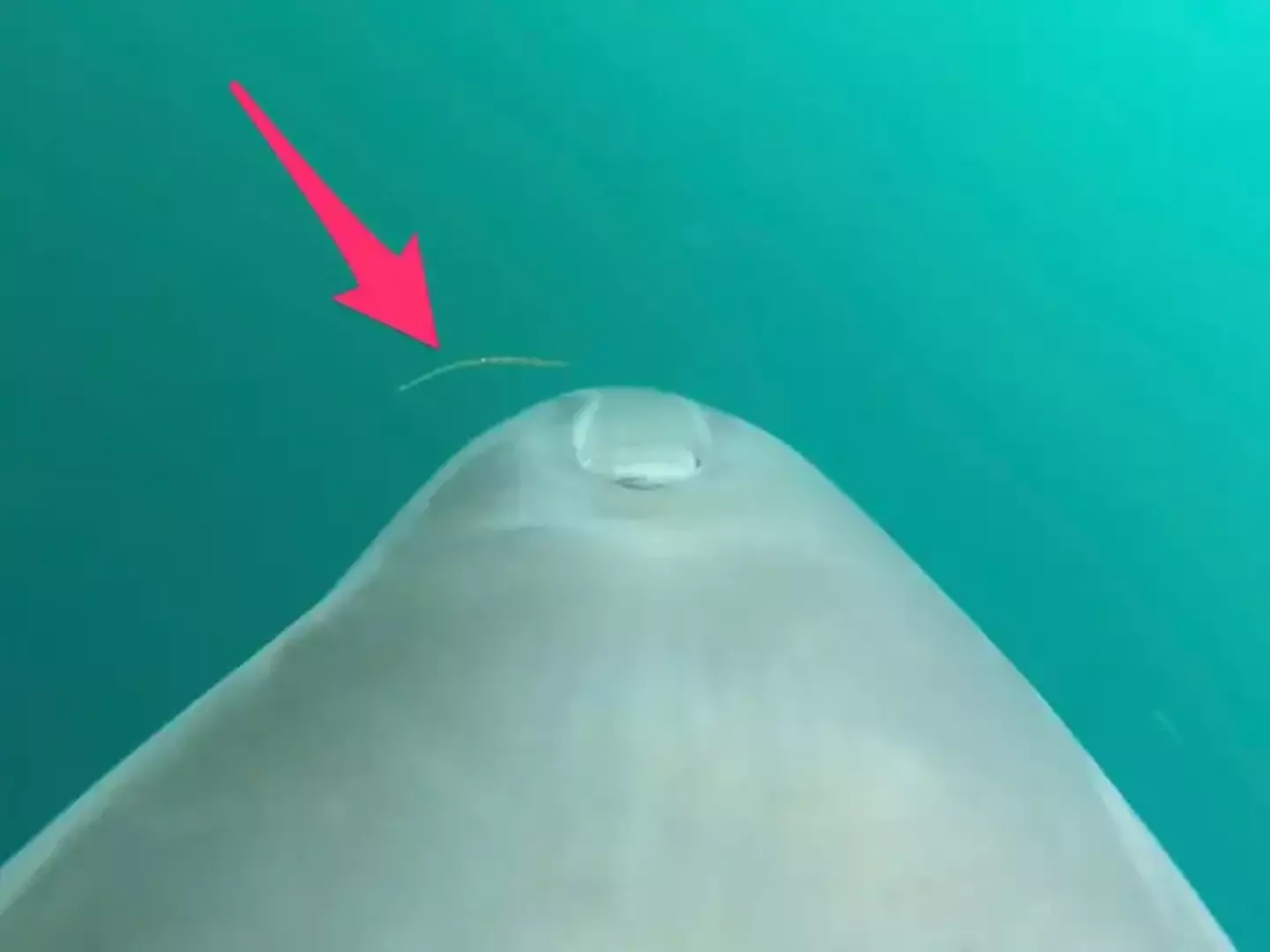
Footage from a dolphin's GoPro video has shown it eating eight venomous sea snakes in a single day - and scientists aren't sure why.
Until the Navy-trained bottlenose dolphin was captured doing it, dolphins have only ever been documented playing with sea snakes and releasing them - but never eating them.
The dolphin attacks and subsequent snake-based snacks has puzzled scientists, since consuming this kind of venomous snakes can be dangerous for the marine mammal.
Advert
The research involved scientists from the National Marine Mammal Foundation in San Diego, California, strapping the waterproof, live-stream camera to a pair of bottlenose dolphins, which the US Navy had trained to locate underwater mines via their sonar calls.
It's also worth noting that the dolphins were off the clock during their video project, but the scientists wanted to see GoPro footage of them hunting fish.

One of the dolphins went off the menu, however, opting for a meal that the scientists hadn't anticipated.
Advert
The dolphin catches the first yellow-bellied sea snake, carrying it for a while, then jerking its head repeatedly to swallow the slithery prey.
It then emits a high-pitched noise that scientists regarded to be a 'victory squeal', according to the study.
The scientists wrote: "The dolphin clicked as it approached the snake and then sucked it in with a bit more head jerking as the flopping snake tail disappeared and the dolphin made a long squeal."
The sea snake is visible on camera for a very short time before the dolphin snatches it up - it's a blink and you'll miss it moment.
Advert
The study was evenutally published in the journal PLOS ONE in August 2022.
The researchers initially questioned their finding, searching for other sea creatures that might look like a sea snake, but found no alternative explanation.
Dr. Barb Linnehan, director of medicine at the National Marine Mammal Foundation, said in an email statement to Insider: "I've read that other large vertebrates rarely prey on the yellow-bellied sea snake. There are reports of leopard seals eating and then regurgitating them.
"This snake does have the potential to cause neurotoxicity after ingestion and its venom is considered fairly dangerous."
Advert
According to researchers, the stomach-of-steel dolphin also showed no signs of illness after eating her snake snacks.

Scientists are not able to explain why the dolphin went after such risky morsels but suspected that, due to being born in captivity, she'd simply never learned not to.
"Perhaps the dolphin's lack of experience in feeding with dolphin groups in the wild led to the consumption of this outlier prey," the study authors summarised.
Advert
As all the snakes were fairly small, the scientists suspected they were possibly babies and easier to catch - the dolphin had tried to snag a larger snake, but it escaped.
This might explain a few things, as Linnehan explained: "Perhaps because the snakes ingested were thought to be juveniles, they had a lower amount of venom present."
Topics: News, Technology, US News, Animals
